A couple weeks ago I was talking a friend through purchasing their first handgun, what training they were looking for, how much practice time they could/should take and so on.
And recently it's been a side topic of discussion with some colleagues over how much training time is considered good or adequate or even above average over in the stage/screen combat world.
And few outside the fight choreography world know this, but there's a particular boom-and-bust cycle usually centered around pilot season. It goes something like this:
1. Combat-heavy show is announced in the trades.
2. Every actor fitting the description of the combat-heavy roles chases what combat training they can get.
3. The show gets cast.
4. The bulk of actors training, not being cast, suddenly lose interest in combat training.
The short answer to my original question is the ever-dependable copout of "it depends."
That said, I did some math on real-world operator training time, specifically USMC grunts.
So the question becomes, on average, how much combat training time to people who fight for a living get?
Grab a pencil and a calculator, we're off!
Call it 8 hours training time a day starting from boot camp (8 hour days, my ass, but long hours plus hurry-up-and-wait time makes it close enough for government work.)
8hrs/day, 7days/week. Figure 3 weeks of actual combat training (as opposed to other business being taken care of). That covers grass week, range week, BWT and Semper Fu. That takes us to 168 hours by the end of boot.
Off to SOI (Grunt school). Now, our non-grunts go to a short version of grunt school. It's a month long, 7days/week. That adds another 224 hours. 392 in total by the end.
Now bear in mind, this is for our cooks, clerks, and mechanics. 392 hours to ensure that even if they do nothing but push paper the rest of their careers, they at least know what a raid, ambush, patrol, and guard post look like from both sides.
Refresher training? Figure about 2 weeks annually. Call it 80 hours/year.
Now back to our grunts.
SOI for grunts is a 2-month course, minus weekends but similar hours.
That gives us 320 hours in SOI, 488 hours total.
That does NOT give me an advanced level of warfighter. That gives me a boot that can be called upon to shoot who they're supposed to 4 falls out of 5.
Let's be generous and say that on dropping to the fleet, what with this, that, and the other, our new Grunt gets about 2 month's worth of training before deploying. That covers ITX (which they used to call CAX, Mojave Viper, and other things) and about a month's worth of miscellaneous field ops, ranges and so on. Add another 320 hours.
Now we're at 808 hours. To get someone competent in at least 3 weapons systems and familiar in at least 4 more. (YMMV depending on specific MOS).
Now deploy them. 7 months. Full time. Is that always combat? Nope. But I'll use the 9-5 M-F option again to distinguish patrols, raids, and combat from working parties, standing post, and suchlike. Again, mileage may vary, but it's the yardstick we've been using so we'll get some good rough numbers from it.
Now we're at 808 hours of training and 1120 hours of experience. 1928 in total. To create what grunts call a "one-hump chump." Still might be a dirtbag of some variety. But on the whole, generally reliable and effective fighters with their own weapons systems. Some may have effective cross-training outside their MOS. A few might even be ready to lead teams soon.
A good skillset. And like all skill sets, perishable if not used.
Not only that, but keep in mind what these numbers don't cover...
- Workouts. Training burns some calories, PT builds more. So tack a good workout schedule on that.
- Study. There are a lot more bibliophilic grunts than you'd think. For every one that's reading Hustler, there's another that's reading Gates of Fire and On Combat, and a third reading both, along with some Clauswitz, Musashi, and Kipling.
-Any manner of super secret special ninjas black classified elite pick-your-own-hardcore-adjective training. I've been talking about standard Marine ground-pounders. Highly skilled, not-to-be-fucked-with ground pounders, but ground pounders all the same.
Something to keep in mind when judging exactly how well trained a weekend seminar makes you.

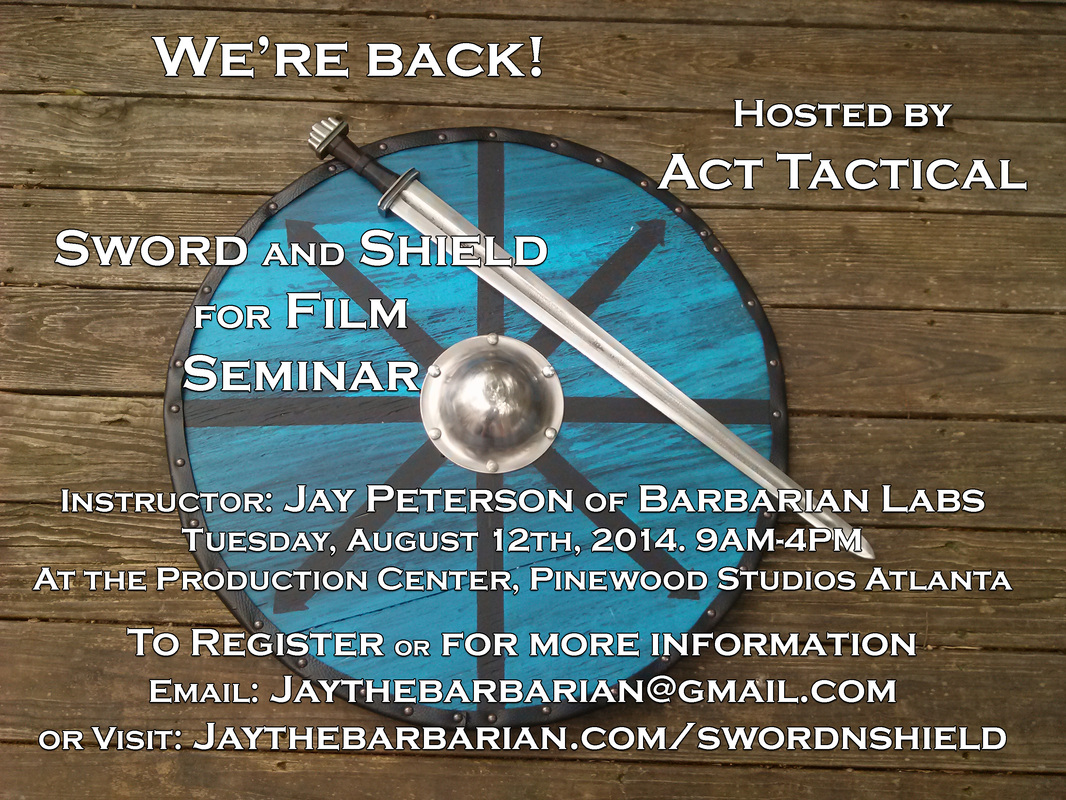
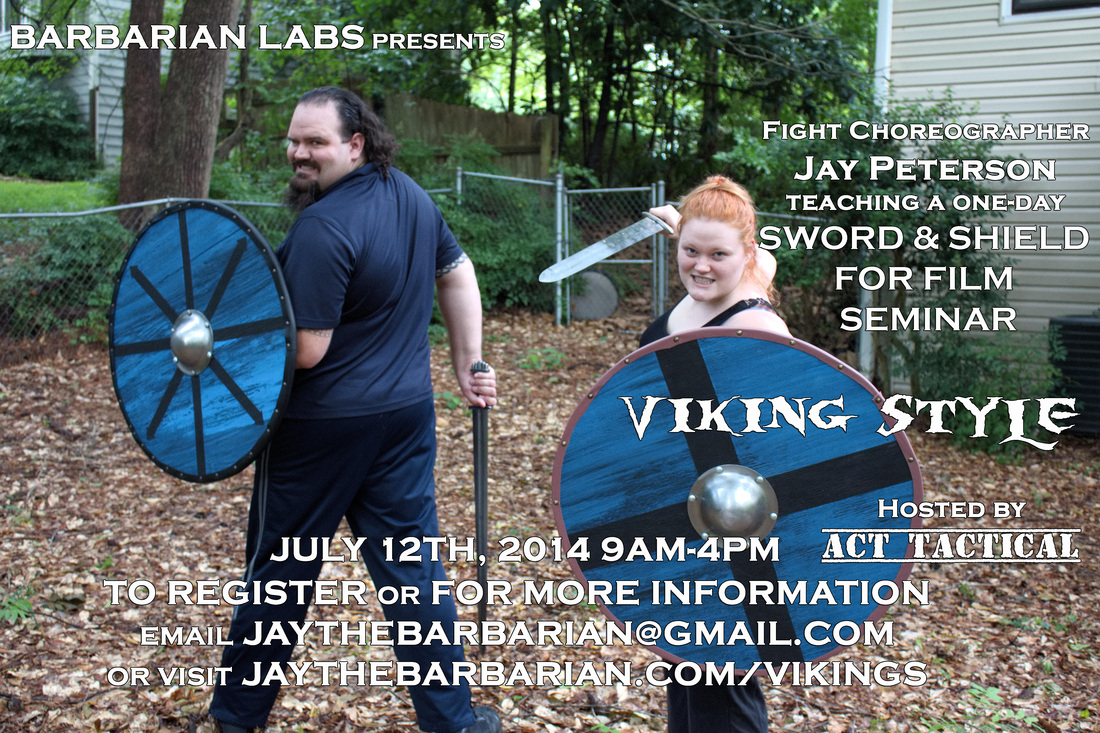
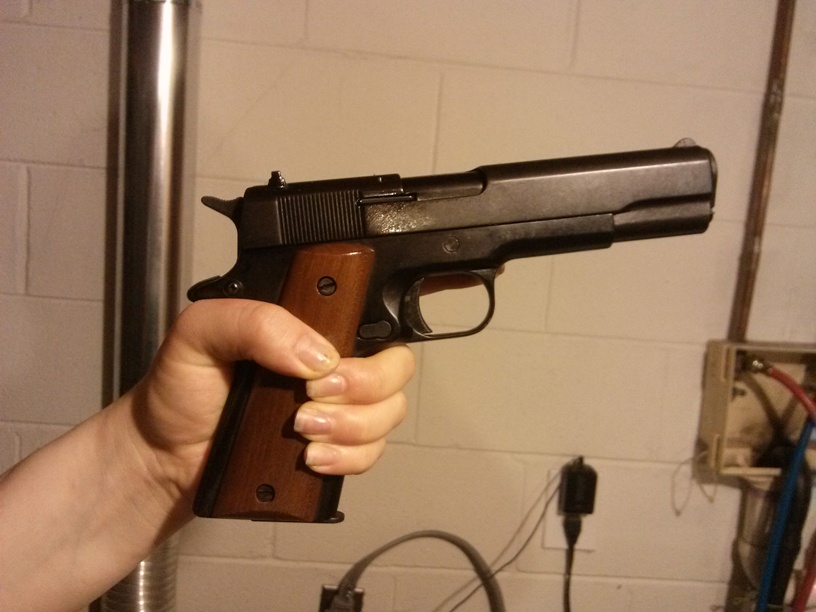
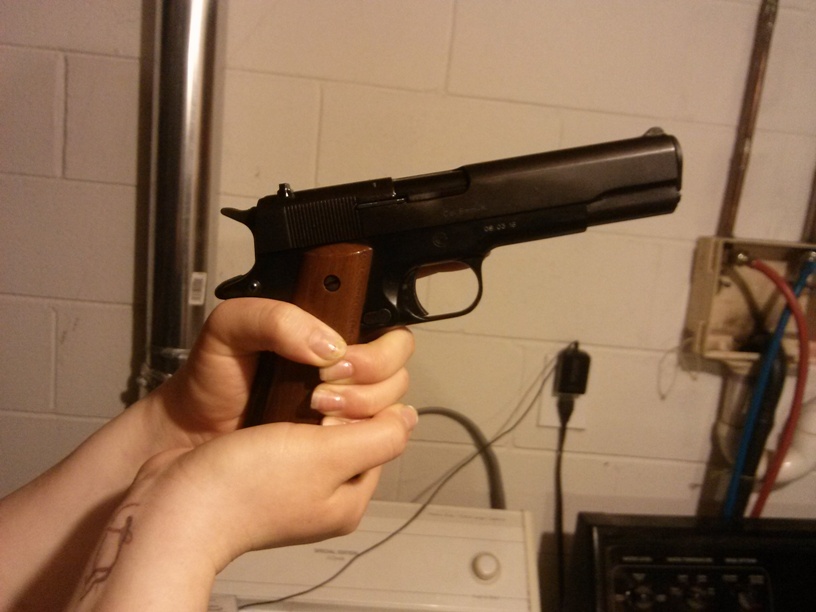
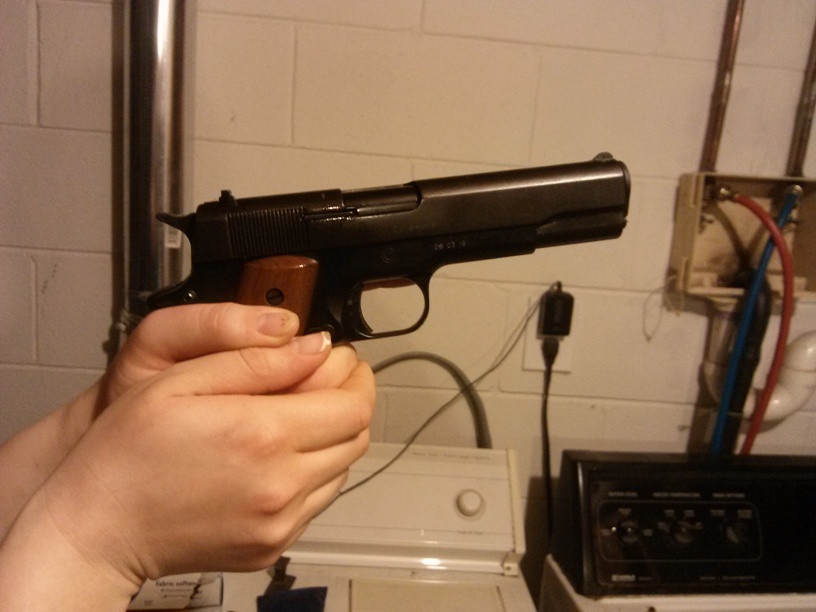
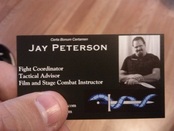

 RSS Feed
RSS Feed
